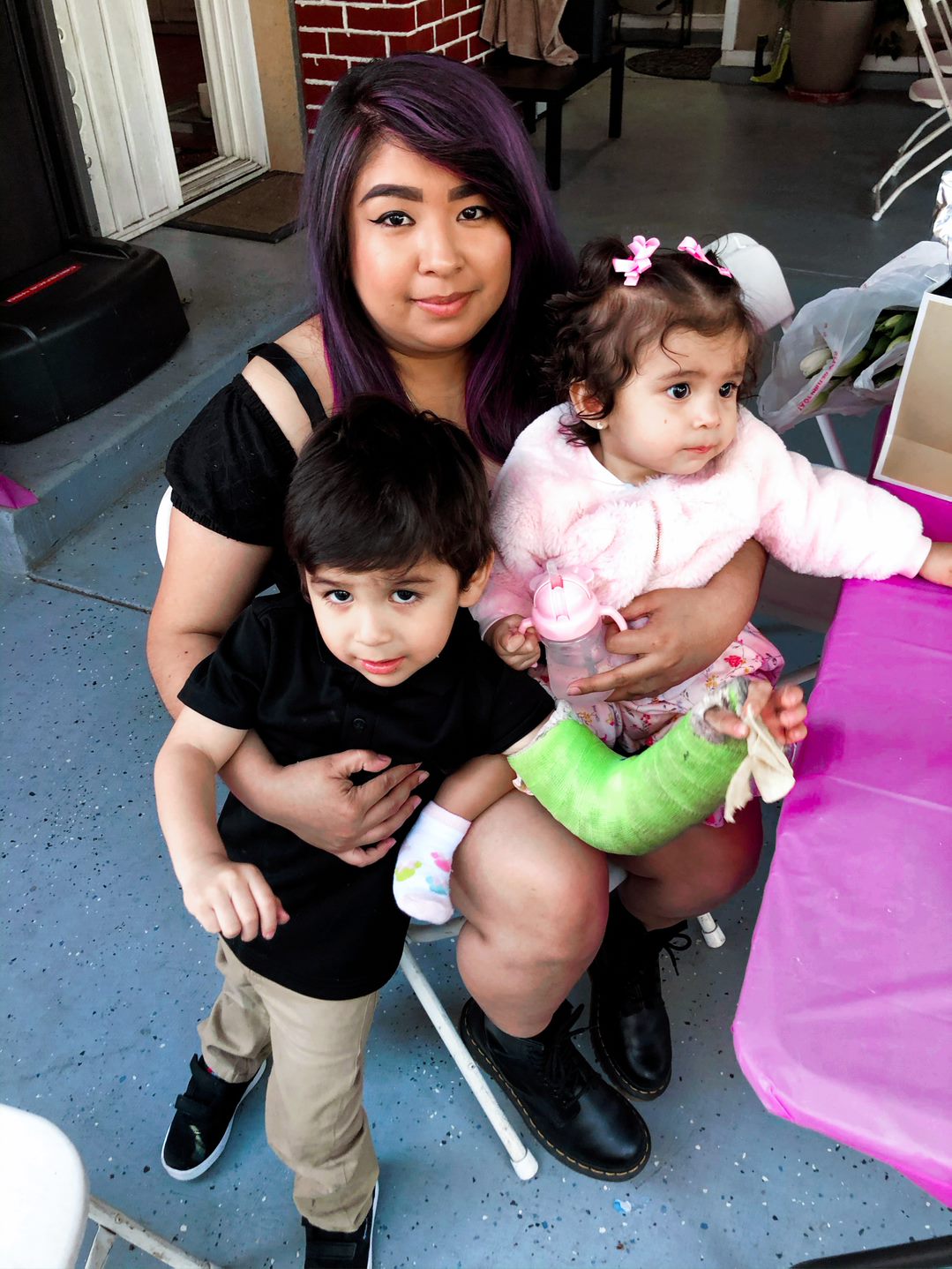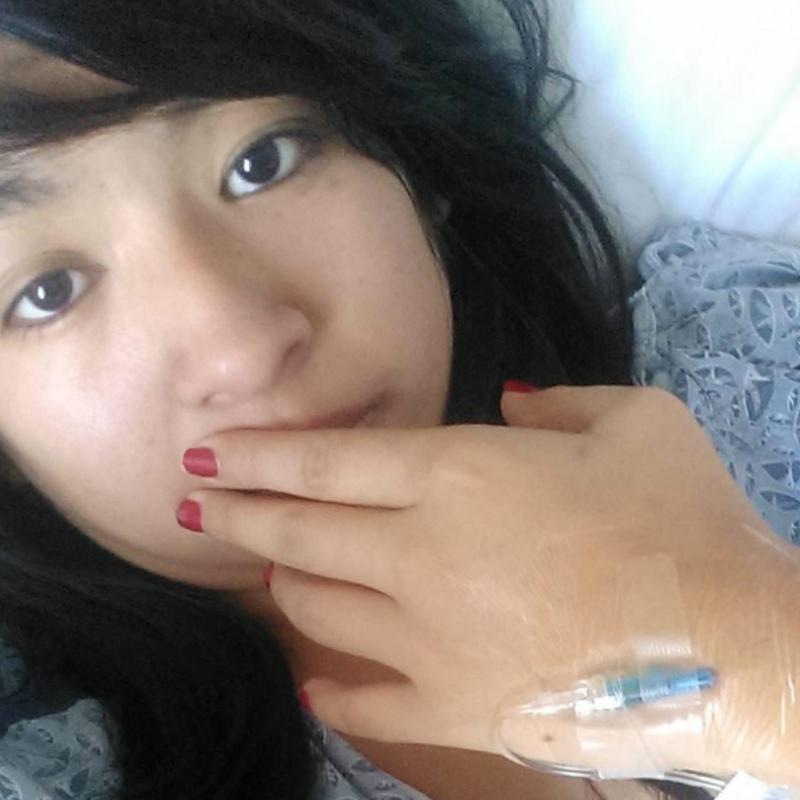One day in 2014, while 17-year-old Nayeli was getting ready for school, she began mumbling and suddenly dropped head first to the floor, losing consciousness. Later, she woke up at her local hospital, where she was told she had a seizure.

Unfortunately, that hospital did not provide the specialized pediatric care she needed, so she was transferred to MemorialCare Miller Children’s and Women’s Hospital Long Beach for higher-level pediatric neurological care.
Upon arrival, she was admitted into the Cherese Mari Laulhere Pediatric Intensive Care Unit (PICU), where she underwent a computed tomography (CT) scan and was given seizure medications to reduce the abnormal electrical activity in her brain. Given the suspicion for a brain vascular lesion on the CT, she also had a cerebral angiogram, a procedure that looks at problems within blood vessels and blood flow in the brain.
“When Nayeli had her CT scan, we noticed an area suggesting a brain aneurysm, which is when a weak portion of a blood vessel in the brain balloons out,” explained Viktor Szeder, M.D., PhD, neurointerventionalist, Comprehensive Stroke Center, MemorialCare’s Long Beach Medical Center and Miller Children’s & Women’s Hospital Long Beach. “The cerebral angiogram confirmed the brain aneurysm. In addition, her brain magnetic resonance imaging (MRI) showed abnormal signal resembling inflammation around the aneurysm, which most likely caused her seizure.”
Nayeli had the benefit of being treated by the neurological experts at the Comprehensive Stroke Center at Long Beach Medical Center, which shares a campus with Miller Children’s & Women’s, where she began treatment with antibiotics for what was presumed a mycotic aneurysm – an aneurysm arising from infection of the vessel wall.
After less than a week of monitoring in the PICU, she was discharged to go home, and return back for frequent check-ups afterwards. The hope was that the antibiotics would cure the infection in her vessel wall and decrease the size of the aneurysm, which would also decrease the chance of the aneurysm rupturing and causing brain hemorrhage and stroke.
At her six-week follow-up appointment, the MRI showed that her brain aneurysm unfortunately grew larger, despite full treatment with antibiotics. The risk of the now enlarged aneurysm rupturing, bleeding and potentially causing irreversible brain damage, increased. Nayeli urgently needed a neuroInterventional/neuroendovascular surgery to block the aneurysm and prevent rupture.
“While many aneurysms, especially small ones, do not show any symptoms and may never do any harm, Nayeli’s aneurysm caused her brain to become inflamed. This put her at a very high risk for brain hemorrhage and stroke,” explained Dr. Szeder. “A minimally invasive brain vessel surgery – an embolization – was needed to prevent a potential disabling stroke, or even death.”
A “glue embolization” is a minimally invasive surgery without a need of craniotomy – removing part of the skull to get to the diseased brain vessel. Using just a needle stick in the upper thigh or wrist into the artery, a neuroInterventonalist can navigate a small tube called catheter all the way up to the brain vessels. Once the target area is reached, a small amount of liquid material or “glue,” can then be injected into the vessel just where the aneurysm is located. Once the glue is inside, it solidifies, blocking blood flow to the aneurysm and therefore prevent any potential brain hemorrhage and stroke.
“Nayeli’s surgery was very successful. We were able to navigate our catheter into her brain exactly where the aneurysm was and cure it by completely occluding it,” Dr. Szeder explained.
After the embolization, she was once again admitted into the PICU for observation. Although Nayeli spent her 18th birthday in the hospital, she was able to recover quickly with the care she received from her highly trained care teams. After her discharge, Nayeli continued with seizure medications for seizure prevention, and continues routine check-ups.
Now 25, she is living the most out of life by exercising and spending time with her boyfriend and two children. Although she has her moments where she zones out and struggles with memory, she is very grateful that she has her family by her side.
“I feel like I’m in a good place now thanks to the care that I received from Miller Children’s & Women’s, the Comprehensive Stroke Center and the support system I have,” explains Nayeli. “I’m really thankful that my condition didn’t worsen and that I’m still alive.”


